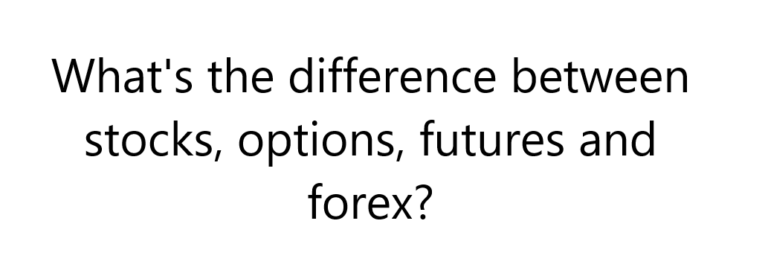Put Credit Spread Explained with example
Put Credit Spread Explained with example: Let’s talk about put credit spreads, shall we? Now, I know the idea of options trading can seem pretty intimidating. But trust me, put credit spreads are actually a pretty simple strategy once you get the hang of them. And, dare I say it, they can even be a bit fun.

Put Credit Spread Explained with example
What is a put credit spread?
So, what is a put credit spread? Well, it’s a type of options trading strategy where you simultaneously sell a put option at a higher strike price and buy a put option at a lower strike price. The goal is to collect the premium on the sold option while limiting your potential losses with the bought option. Sounds easy enough, right?
Put credit spread example
To make things a bit more entertaining, let’s dive into an example. Imagine you’re interested in trading options on XYZ stock. Right now, XYZ is trading at $50 per share. You decide to sell a put option with a strike price of $55 and buy a put option with a strike price of $50. Here’s what that looks like:
Sell one put option with a strike price of $55 for $1.50 per share Buy one put option with a strike price of $50 for $0.50 per share
So, in this example, you’re selling one put option at a higher strike price and buying one put option at a lower strike price. You’re collecting a premium of $1.50 per share on the sold option and paying a premium of $0.50 per share on the bought option. That means your net credit is $1.00 per share ($1.50 – $0.50).
Now, let’s say that at expiration, XYZ is trading at $60 per share. In this case, your sold put option would expire worthless, and you would keep the premium you collected. Your bought put option would also expire worthless, but since you only paid $0.50 for it, you wouldn’t have lost much.
On the other hand, let’s say that at expiration, XYZ is trading at $45 per share. In this case, your sold put option would be in the money, and you would be obligated to buy 100 shares of XYZ at $55 per share.
However, since you collected a premium of $1.50 per share, your effective purchase price would be $53.50 per share. Your bought put option would also be in the money, and you could exercise it to sell 100 shares of XYZ at $50 per share, limiting your potential losses.
Of course, like any trading strategy, put credit spreads come with risks. If the stock price drops too much, you could end up taking a big hit. But by using this strategy, you’re limiting your potential losses and giving yourself some breathing room.
Why should you consider using a put credit spread?
So, why should you consider using a put credit spread? Well, for starters, it can be a great way to generate income. By selling the put option at a higher strike price, you’re collecting a premium that you can keep even if the stock price goes up. And by buying the put option at a lower strike price, you’re limiting your potential losses.
Put credit spreads can also be a great way to hedge your bets
Put credit spreads can also be a great way to hedge your bets. If you’re unsure about the direction a stock is headed, a put credit spread can help you protect yourself against downside risk while still giving you the potential to make a profit.
Conclusion
At the end of the day, put credit spreads might not be the most exciting strategy out there. But they can be a simple and effective way to generate income and limit your potential losses. So, why not give them a try? Who knows, you might even find them a bit entertaining.
You might want to read Avoiding Common Mistakes in Dividend Investing





